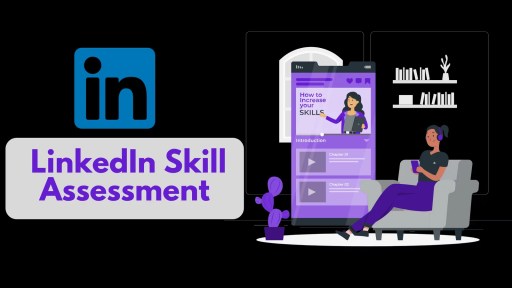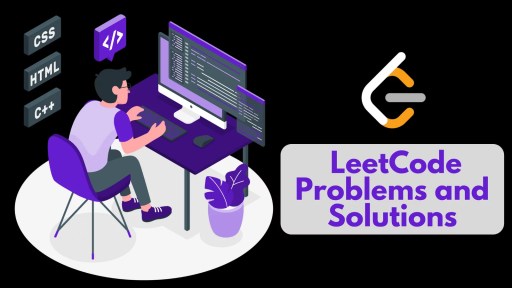

Tags Cloud
Adobe (12) Airbnb (17) Algorithms (26) Amazon (13) Apple (10) Array (24) asymptotic notation (2) Backtracking (8) Binary Search (4) Bit-Manipulation (4) Bloomberg (16) Business Skill (12) C++ Solution (58) Design Skill (6) divide and conquer (6) Dropbox (2) dynamic programming (10) Easy (17) Facebook (15) Google (10) graph algorithms (3) Greedy (3) Hard (13) Hash Table (10) iteration (2) JavaScript Solution (58) Java Solution (58) LeetCode Solution (58) Linkedin (10) LinkedIn Assessment (69) LinkedIn Quiz (68) Linked List (10) Math (7) Medium (26) Microsoft (20) Palantir (4) Python Solution (58) recursion (5) Sliding Window (2) Snapchat (6) sorting (12) Stack (5) String (13) Technical Skill (49) Twitter (8) Two Pointers (7) Uber (11) Yahoo (4) Yelp (4) Zenefits (7)
Latest Post
- Min Stack LeetCode Solution
- Find First and Last Position of Element in Sorted Array LeetCode Solution
- Pow(x n) LeetCode Solution
- Group Anagrams LeetCode Solution
- Rotate Image LeetCode Solution
- Permutations II LeetCode Solution
- Jump Game II LeetCode Solution
- Wildcard Matching LeetCode Solution
- Multiply Strings LeetCode Solution
- Trapping Rain Water LeetCode Solution
- First Missing Positive LeetCode Solution
- Combination Sum II LeetCode Solution
- Combination Sum LeetCode Solution
- Swap Nodes in Pairs LeetCode Solution
- Longest Valid Parentheses LeetCode Solution